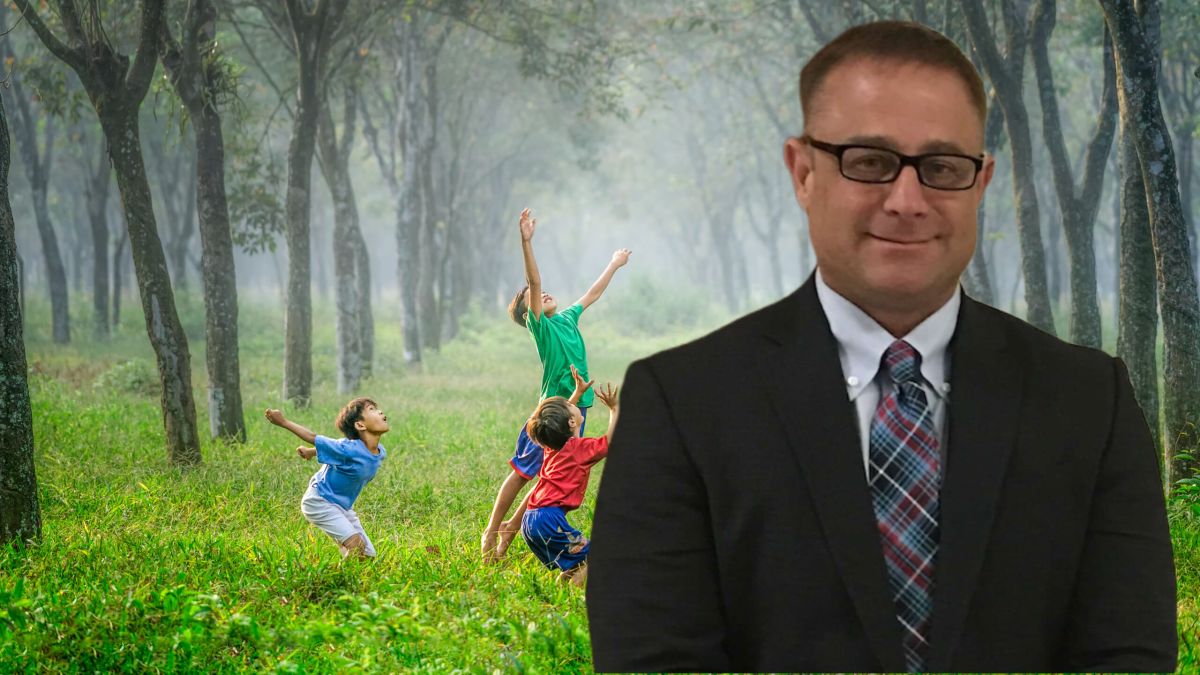
Child Dies from Brain-Eating Infection
Is There a Valid Lawsuit?
On August 19, 2022, the Centers for Disease Control and Prevention confirmed the death of a Nebraska child from a rare disease caused by a brain-eating amoeba after swimming.
The infection can result in primary amebic meningoencephalitis (PAM).
This rare brain infection can happen when water containing the amoeba rushes up your nose and reaches your brain. Let’s explore the details of the news with Ehline Law and our California personal injury attorneys. It may not be that foreseeable, as it is the first in the state’s history. But let’s take a look and see and compare it with a public swimming pool.
CDC Confirms Nebraska Child Dies from Brain-Eating Infection
On Sunday, August 14, 2022, a child started to experience fever, headache, and body stiffness after swimming in the Elkhorn River in northeastern Nebraska.
He was worried about his health. His parents moved him immediately to a local hospital for medical care. However, according to Douglas County Health Department federal health officials, the Nebraska child died on Wednesday, succumbing to what doctor’s believed was a rare, suspected infection. The infection can result in primary amebic meningoencephalitis (PAM). Unlike a brain injury from drowning, this is a disease, not oxygen deprivation.
The Centers for Disease Control and Prevention (CDC) stepped in and conducted further tests to confirm the cause of death. The results suggested primary amebic meningoencephalitis, a rare infection caused by Naegleria Fowleri, a brain-eating amoeba.
According to the Centers for Disease Control, federal health officials, and other health experts, the suspected infection is generally caused by the brain-eating amoeba entering the human body through the nose.
Previous Cases of Brain-Eating Amoeba Deaths
The death of the Nebraska boy is the second death in the Midwest this year. In July 2022, according to health officials, a Missouri resident died from a rare infection from swimming in the Lake of Three Fires in Iowa, similar to how the Nebraska child died, the first in Nebraska’s history.
According to the CDC, the United States annually sees about three of these infections. Millions of recreational water exposures occur annually; however, the U.S. federal data reports only 31 cases between 2012 and 2021. The rare infection is almost always fatal, with only four survivors out of 154 cases reported since 1962, according to the state’s Department of Health and Human Services.
Where Is the Brain-eating Amoeba Found?
Infections from the brain-eating amoeba typically occur in the summer months when the water flow slows down and heats up. Historically, most cases are from southern states, but according to Nebraska state health officials, recent cases are occurring further north.
How to Avoid Brain-eating Amoeba
The CDC warns citizens not to swim in warm freshwater (e.g., lakes, rivers, and hot springs) as the rare amoeba thrives in water warmer than 86°. People should avoid going underwater; if they’re doing so, they must plug their noses.
Naegleria Fowleri does not spread from drinking contaminated water, nor is it contagious, meaning the amoeba does not spread through human contact. Besides the Elkhorn River, or any other warm freshwater lakes or water sources, the amoeba can also thrive in swimming pools that are not cleaned properly.
Symptoms of Primary Amebic Meningoencephalitis
According to the CDC, here are some symptoms of Naegleria Fowleri infections:
- Fever
- Nausea or vomiting
- Headaches.
These symptoms start to deteriorate, and individuals might experience a stiff neck which can progress to seizures, hallucinations, and coma.
Negligence Can Result in Naegleria Fowleri Infections
Swimming in warm waters in the Southern states is one of the most common causes of the rare infection caused by Naegleria Fowleri. However, due to climate change, water bodies in the Northern states, such as the Elkhorn River, are getting warm, becoming the perfect environment for these brain-eating amoeba to live. However, these are usually public places you use or swim in at your own risk.
Negligence Defined:
In a nutshell, negligence means the “failure to use reasonable care, resulting in damage or injury to another.” (Source – Oxford Dictionary.)
Besides flowing water, swimming pools around the country are getting warmer, and without proper maintenance, they can also become a ground for Naegleria Fowleri to grow, albeit infections are rare. Nonetheless, the risk of infection in lakes and rivers is real; about three cases are discovered in the U.S. annually.
Here, there was no swimming pool, so it is doubtful we can argue the state or local government had a duty to disallow swimming, let alone be responsible, as the disease itself is rare. On the other hand, it is foreseeable that a child could get sick from swimming in a lake. The facts are not clear enough to pinpoint legal liability on an at-fault party who failed to prevent infection.
California is the leading state with the most inground swimming pools in the United States. Failure to clean pools can result in rare brain-eating amoeba after swimming in a person, leading to wrongful death. Individuals can contract the infection from white-water rafting excursions, recreational water parks, hot springs, and other water activities.
Schedule a Free Consultation with Ehline Law
If an infection caused by a brain-eating amoeba killed your loved one and was due to somebody else’s negligence, contact us at (833) LETS-SUE for a free consultation, as you may qualify for financial compensation.
Citations:
